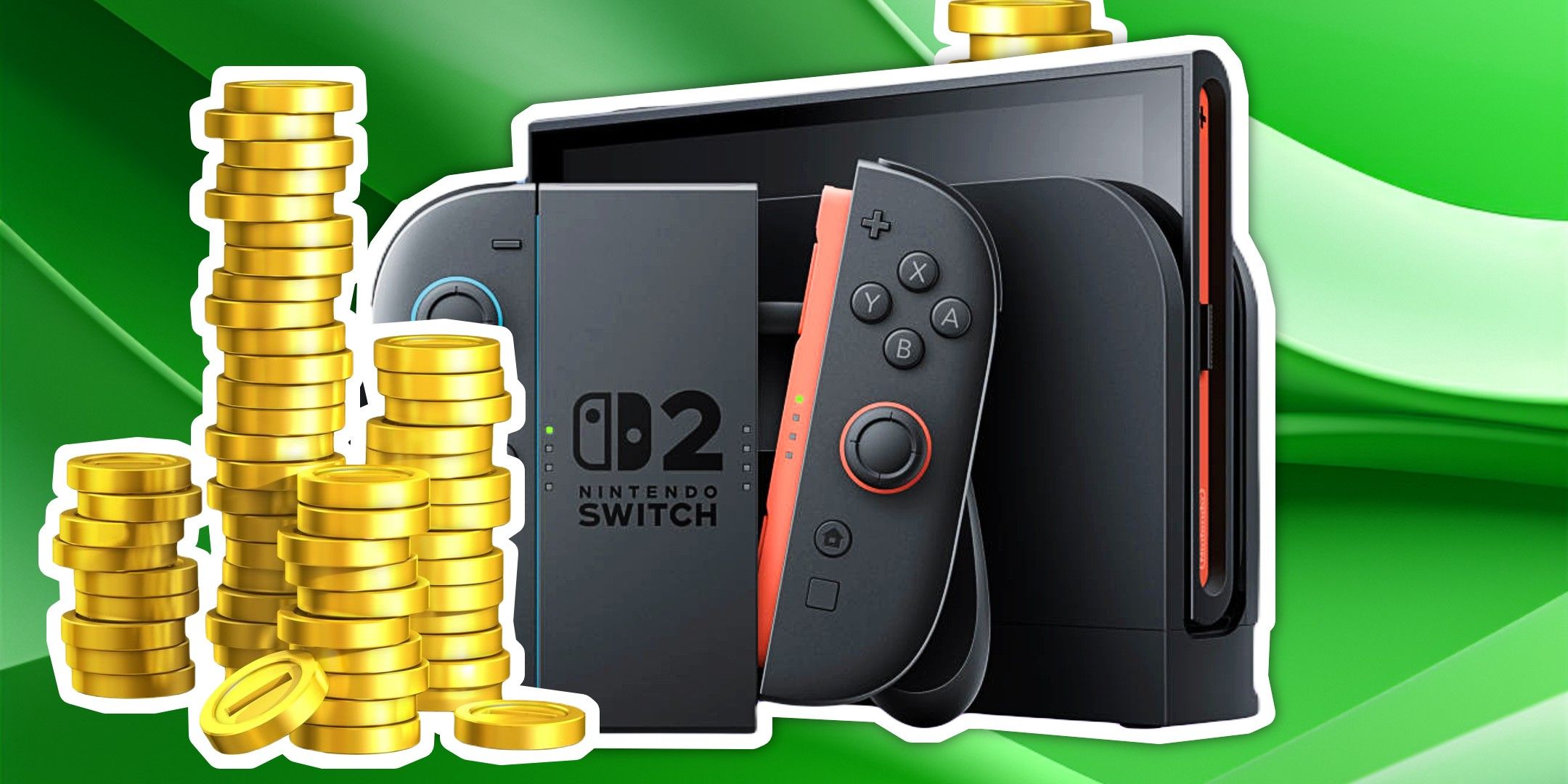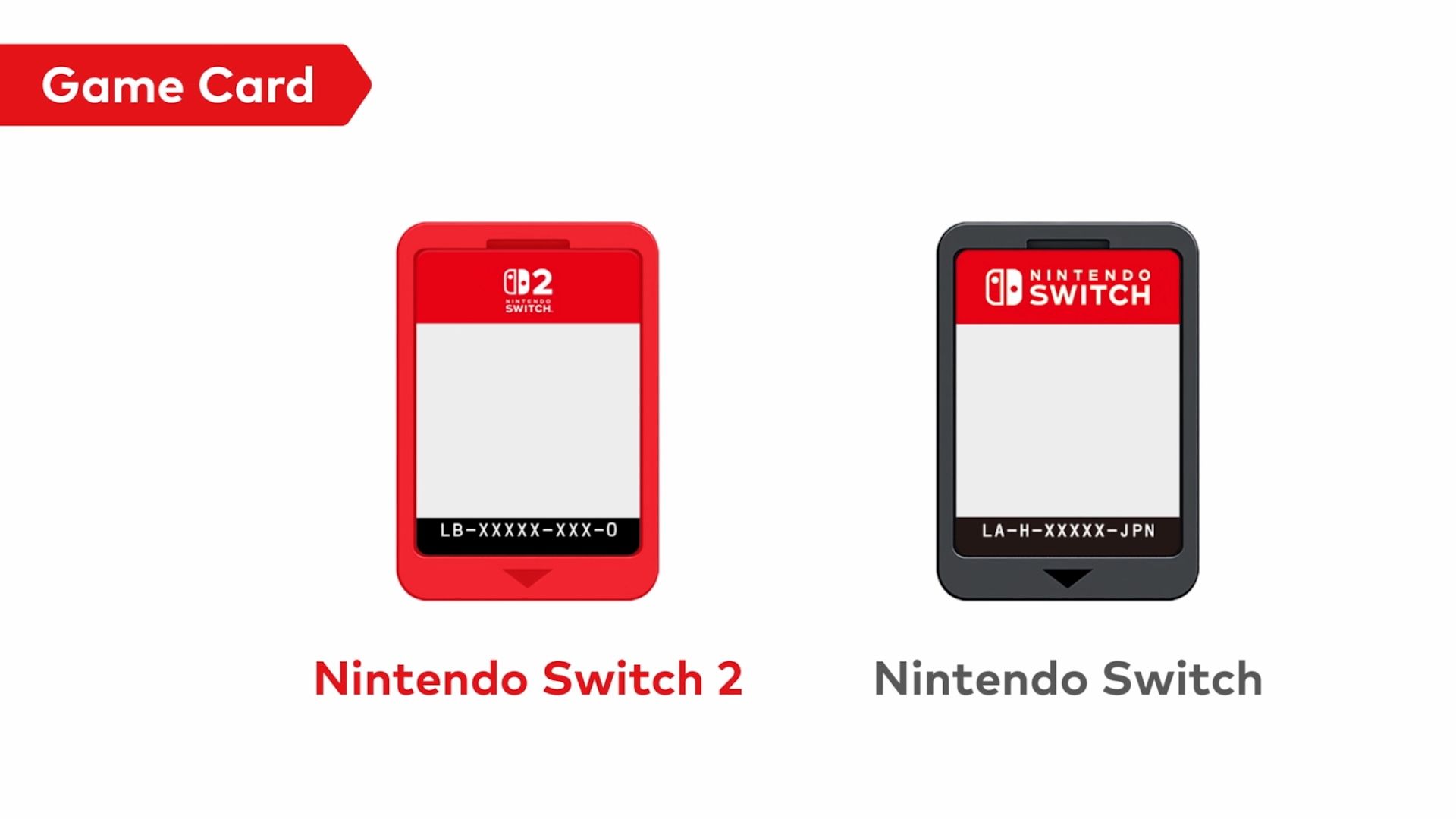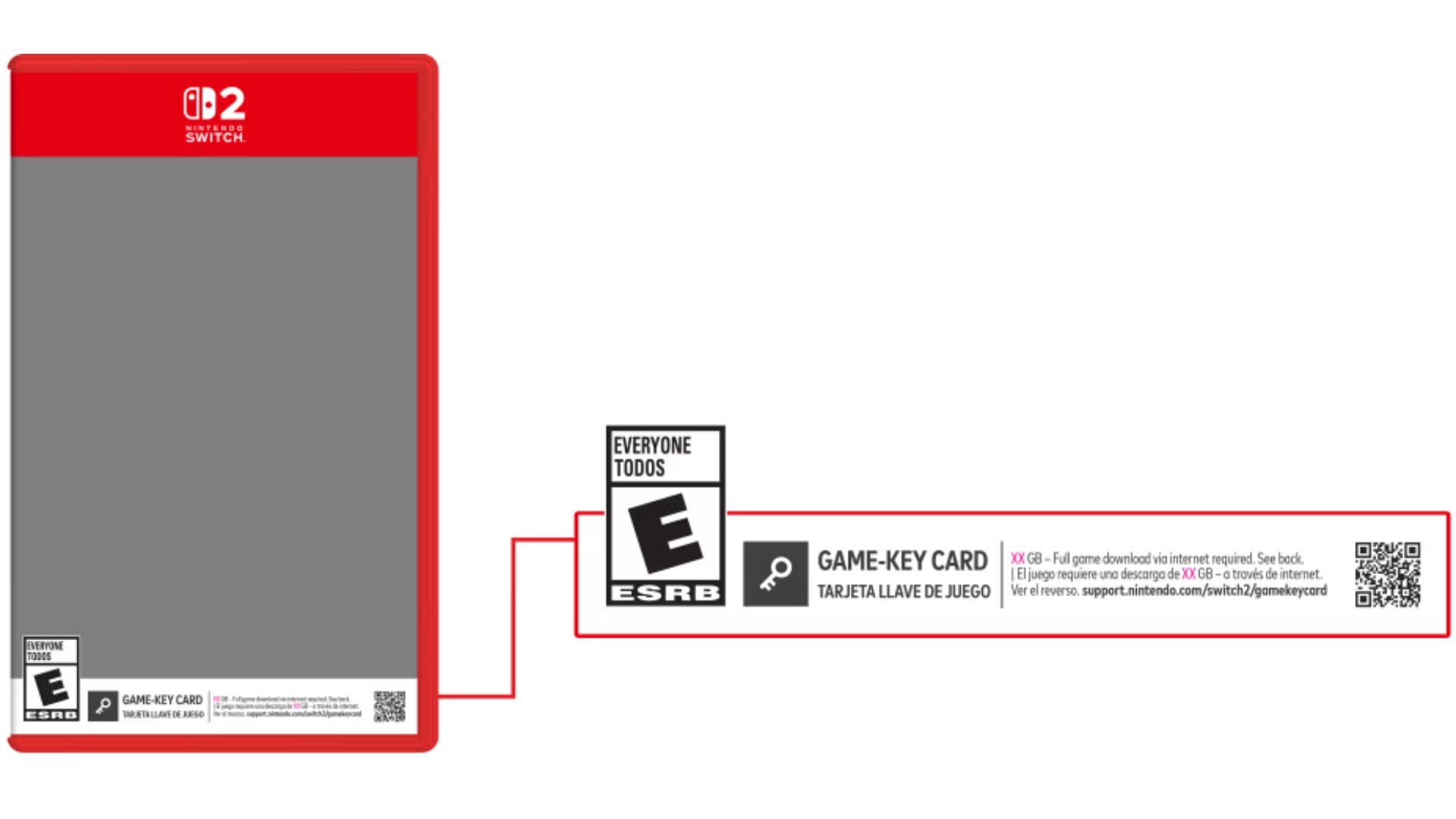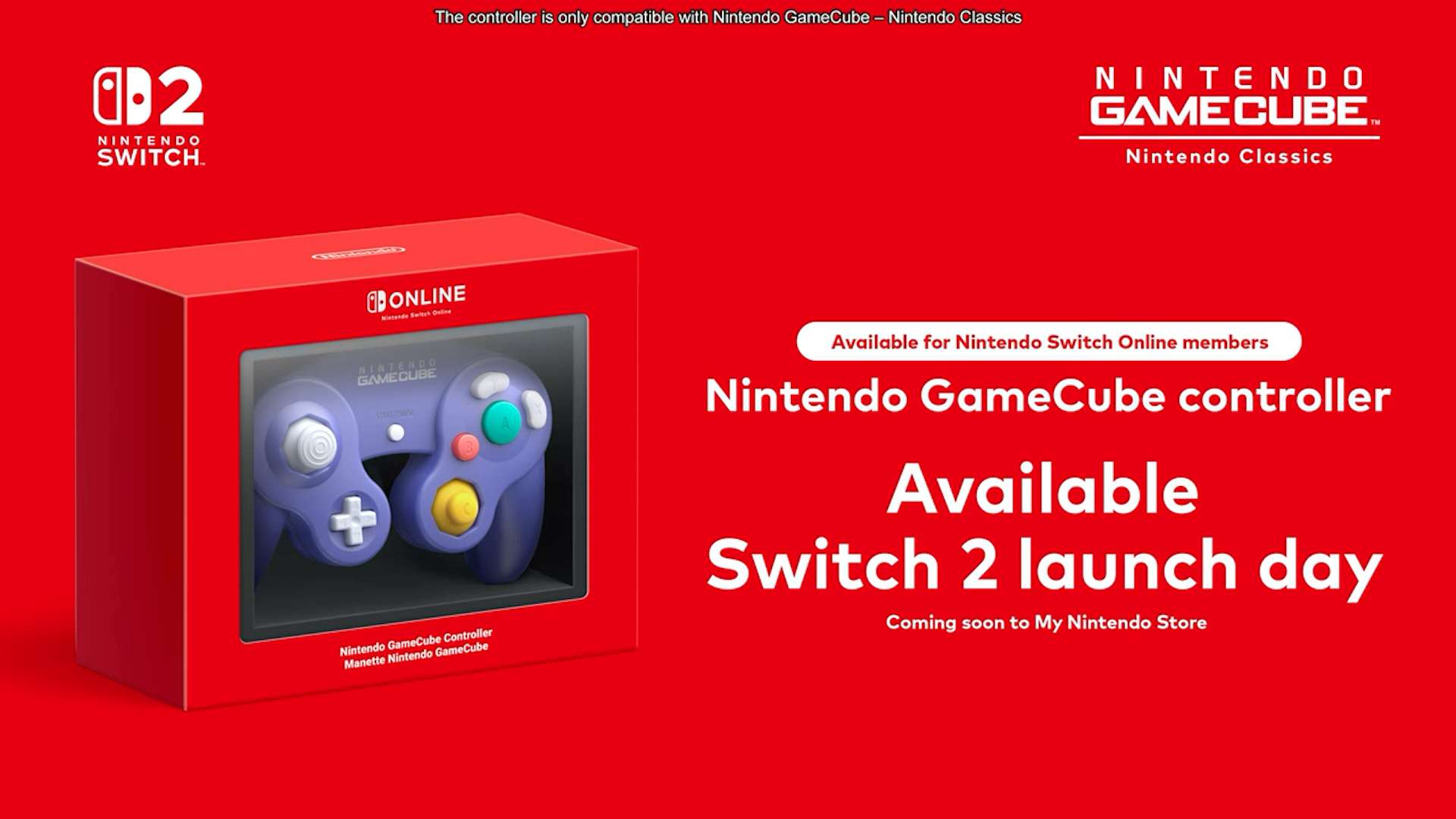The absence of any money talk during the Switch 2 Direct ended up backfiring on Nintendo as it caused the rampant spread of misinformation. It’s possible you’ve unknowingly come across some of this yourself. Here are the facts about the Switch 2’s pricing, cartridges, and compatibilities.

Related
Nintendo Switch 2 Overview: Compatibility, Release Date, Design, Features and More
The Switch 2 is real, and it’s finally got a release date.
Switch Games Won’t Cost $90 or $100
By not putting prices in the Switch 2 Direct, Mario Kart World’s $80 price tag was instead discovered by fans across a flurry of currencies. The first thing many fans saw was the €90 ask for a physical copy in European countries, which was mistaken for the game also costing $90 in the US.
In a similar vein, there’s been chatter of Switch games costing $100. This is all speculative discussion surrounding comments made by an analyst regarding the potential price of Grand Theft Auto VI. While the fear of price hikes across the industry is real, the original Grand Theft Auto comment was tenuous at best and doesn’t reflect anything we know about the Switch 2.
$80 is currently the high end of Switch 2 games, with Mario Kart World being the only new release at that tier, and others being bundles of Switch games and their Switch 2 Edition upgrades. Donkey Kong Bananza—which comes out a month and a half after launch—will cost $70, which I’d wager will be the standard price-point for Nintendo. But as for indications of anything above $80, there are currently none.
And no, taxes do not count toward this discussion or else we’d have been calling $60 games $65 all this time.
The Base Cost of the Switch Is $450
While we’re on the topic of misinterpreted pricing, the base Switch 2 model costs $450, not $500. The $500 model is a limited-time bundle that includes a download code for Mario Kart World at a $30 discount. This is yet another bit of confusion that Nintendo could’ve avoided by putting pricing in the Direct!
While we’re on the topic, that Mario Kart bundle is excellent value if you’re considering picking the game up since it will only set you back $50. Remember that Nintendo games are expensive and tend to hold their value (especially physical releases).
Not All Switch Upgrades Are Paid
There are two types of upgrades to Switch 1 games, and only one of them asks for money.
The money-askers are the “Switch 2 Edition” games, which bring new features alongside substantial technical overhauls to The Legend of Zelda: Breath of the Wild and Tears of the Kingdom, Mario Party Jamboree, and Kirby and the Forgotten Land. The forthcoming Metroid Prime 4: Beyond and Pokémon Legends: Z-A will see cross-platform releases under this label.
Switch 2 Editions of the Zelda games will be available at the Switch 2’s launch for $10 each, or free through the Nintendo Switch Online + Expansion Pack subscription. Mario Party drops on July 24th with Kirby following on August 28th, and going off the prices of their physical copies, we can anticipate those will be $20. The disparity makes sense as those two Switch 2 Editions add substantial new content.
An even larger list of games will get entirely free upgrades. In cases like Pokémon Scarlet and Violet, these are performance or visual upgrades (or both), while others like Super Mario 3D World + Bowser’s Fury and Clubhouse Games: 51 Worldwide Classics will receive GameShare integration.
GameShare enables these games to play multiplayer across multiple Switch family devices from one copy, as long as the person sharing is using a Switch 2. Hopefully, this is just the start of Nintendo patching old games to play better on the new console, a practice that has seen some big reasons to go back and replay PS4 games on PS5, and Xbox One games on Xbox Series consoles.
Switch 2 Editions Are on the Cartridge
There was community uproar over miscommunication about whether physical copies of Switch 2 Editions would have their data on the cartridge or would be game-key cards (cartridges that enable digital downloads rather than store the game data). The answer is that all their data is on the cartridge, which means that Switch 2 versions won’t be tied to a one-time use code and can be shared between consoles.
There is a caveat to be aware of, though: this does not include the downloadable content for The Legend of Zelda: Breath of the Wild. This led to further confusion regarding whether people would need to repurchase the expansion to play it on the Switch 2. The answer is no, your existing Switch 1 purchase carries over, but you’ll need to buy it if you hadn’t before.
If I’m to editorialize for a second, I think it honestly should’ve been part of the purchase given Nintendo is already charging $70 for an eight-year-old game.
Game-Key Cards Can Be Reused and Resold
Game-key cards sound like a glorified continuation of the frustrating code-in-a-box practice endemic to the Switch 1 era, and in a lot of ways they are. However, unlike a code, the license on the cartridge isn’t bound to an account. A game-key card can download the game file an infinite number of times, in fact. The totally fair caveat is that, much like PlayStation and Xbox physical copies operate, the cartridge must be inserted to actually play the game.
This means of operation allows people to sell, trade, or share game-key cards just as they would any other physical Switch 2 game. Needing to download a game still isn’t ideal, of course, but if game-key cards become the norm (and I suspect they will as a cost-cutting measure), it’s not as bad as more boxed codes would’ve been.
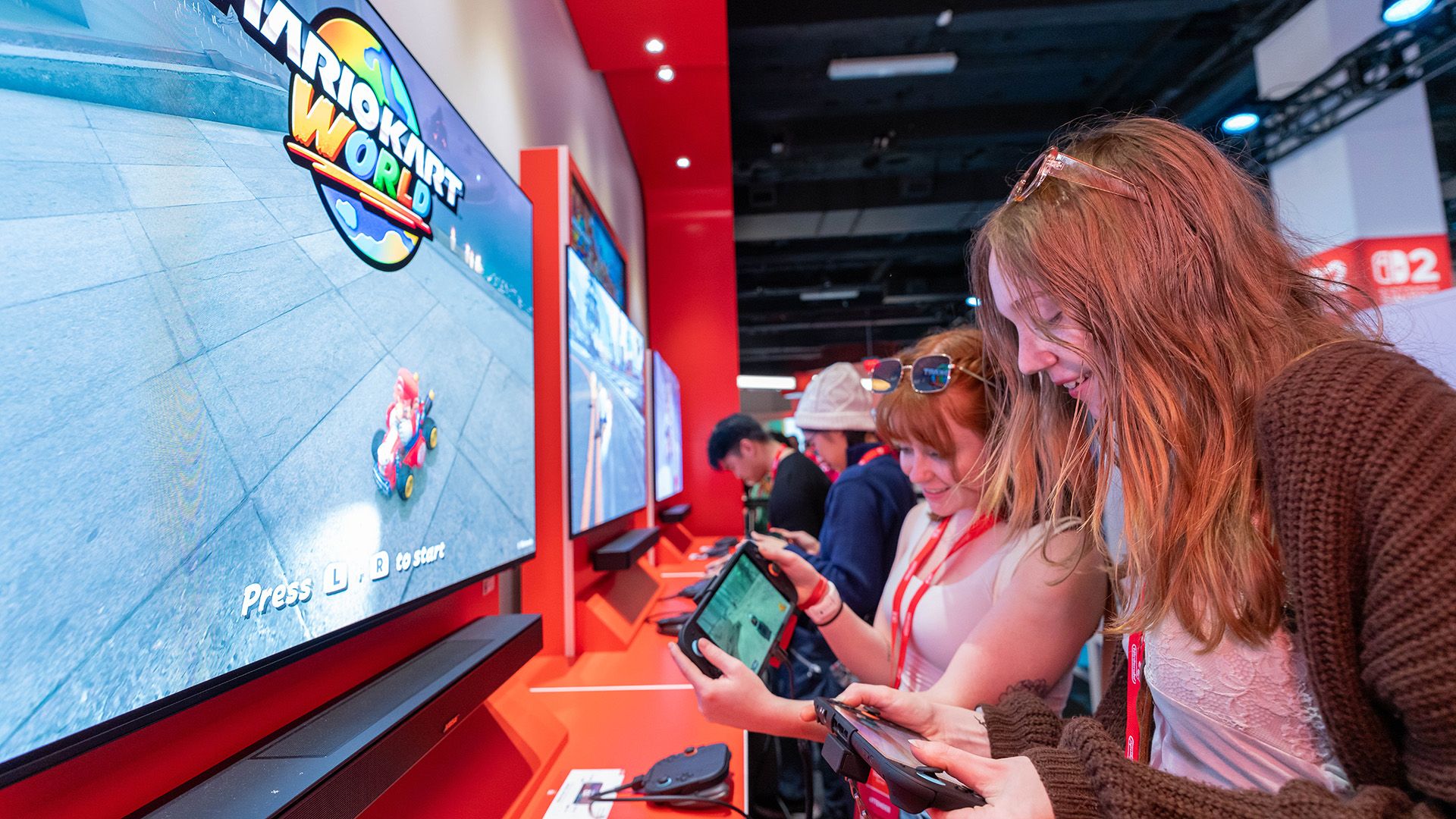
Related
The Switch 2’s Annoying Game-Key Cards Are Shareable, Thank Goodness
Game-key cards will not be locked to your Switch 2 console or Nintendo account.
Not All Physical Games Are Game-Key Cards
It’s also worth noting that not all physical games are game-key cards. Importantly, this includes all of Nintendo’s first-party content.
You can check whether a case holds a game-key card by looking at the white strip printed below the box art. If there’s a key icon that says game-key card next to it, expect a cartridge that initiates a download. If not, the cartridge should be plug and play.
You Don’t Need Nintendo’s Camera for GameChat
GameChat is Nintendo’s suite of voice and video call features that functions much like Discord. Nintendo showcased the feature exclusively using a first-party USB-C camera peripheral that will retail for $50, but in actuality, any compatible USB-C camera will work. This means you may already have a webcam or other USB-C camera to use with GameChat. It’s also possible that USB-A cameras may work with a USB-C adapter, which you should test before investing in something new.
If you don’t own a USB-C camera, Nintendo’s is actually reasonably priced, likely in a bid to get as many people using GameChat as possible. I’m skeptical whether GameChat will find the success Nintendo desires, but the camera price definitely helps its odds a touch.
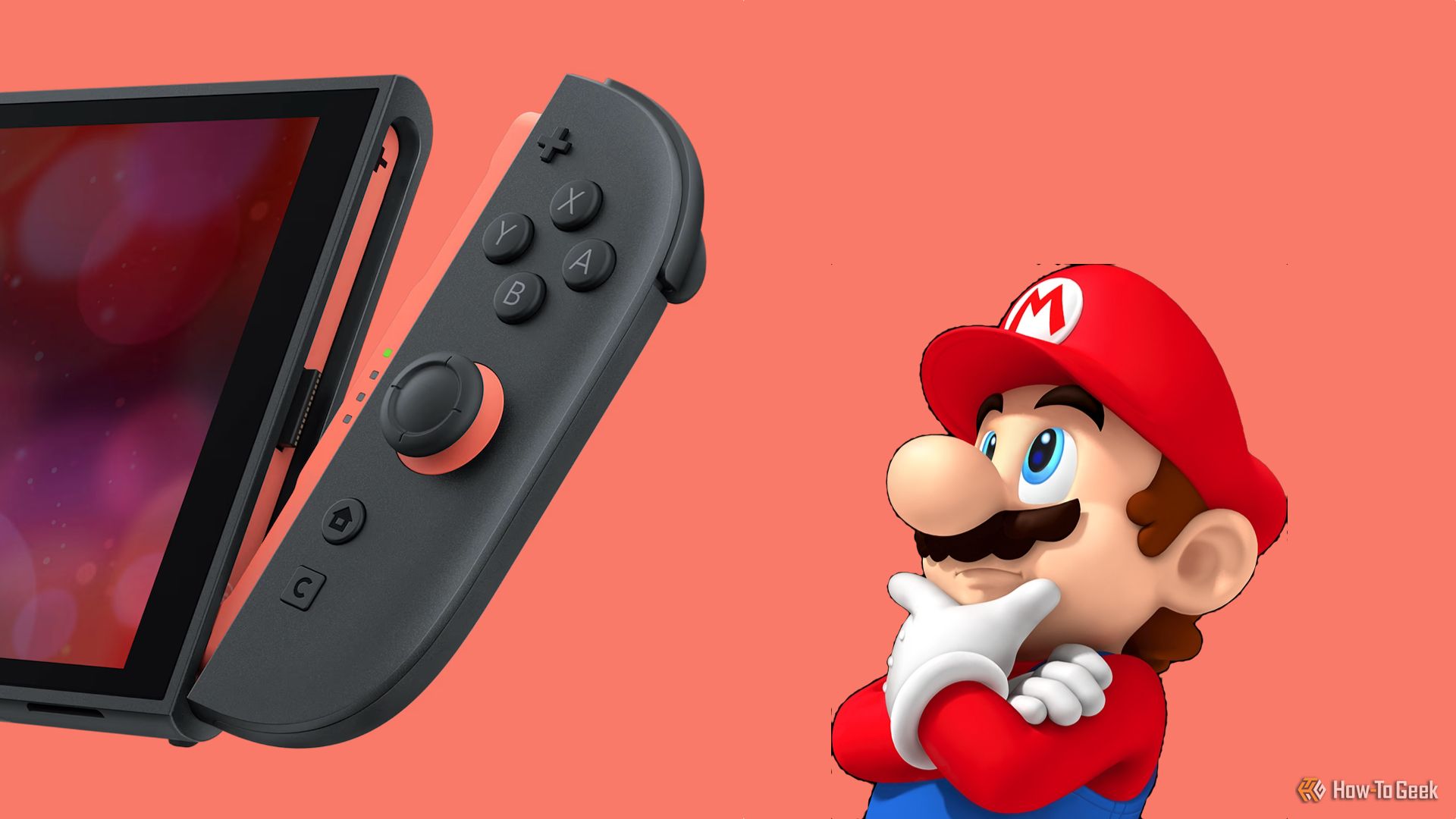
Related
The Nintendo Switch 2 C Button Has a Big Problem (And an Easy Fix)
Perhaps C should stand for control.
The GameCube Controller Will (Likely) Be Usable Beyond Emulation
The fine print of the wireless GameCube controller is that it’s only compatible with the new GameCube emulator. While it’s possible this definitive statement is true, the same was said about other replica controllers made for the Switch’s emulator apps and those all ended up working system-wide. These wireless controllers are read the same as any other by the system with the difference being having fewer buttons and sticks, so assuming the GameCube controller can be used everywhere, this will be its limitation.
-
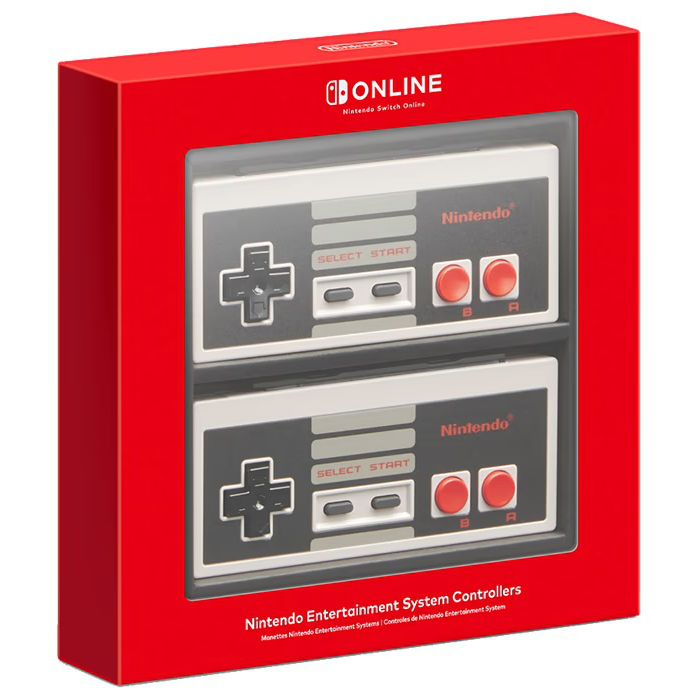
NES Controllers For Nintendo Switch
A pair of Nintendo Entertianment System controllers for use with emulated Nintendo Classics games.
-
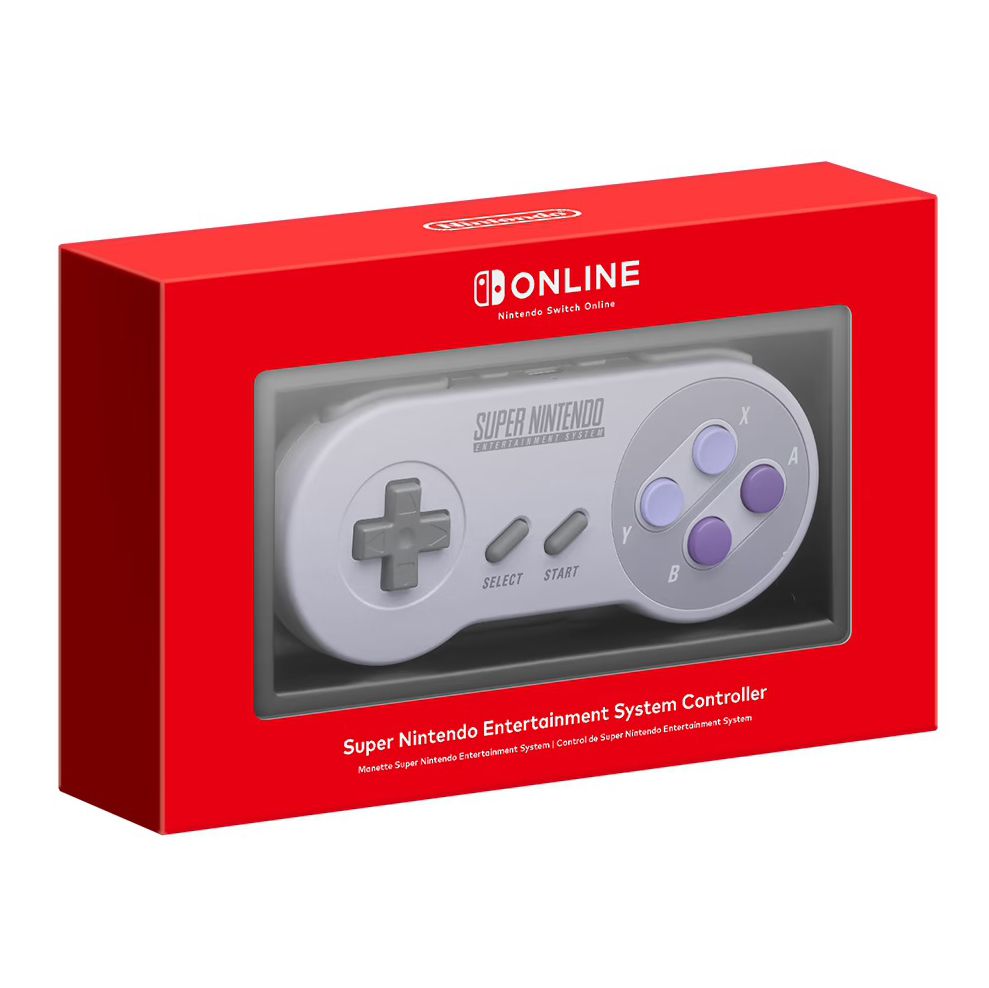
Wireless SNES Controller
Enjoy enhanced Super NES games the way they’re meant to be played—using a full-size Super Nintendo Entertainment System style controller!
-
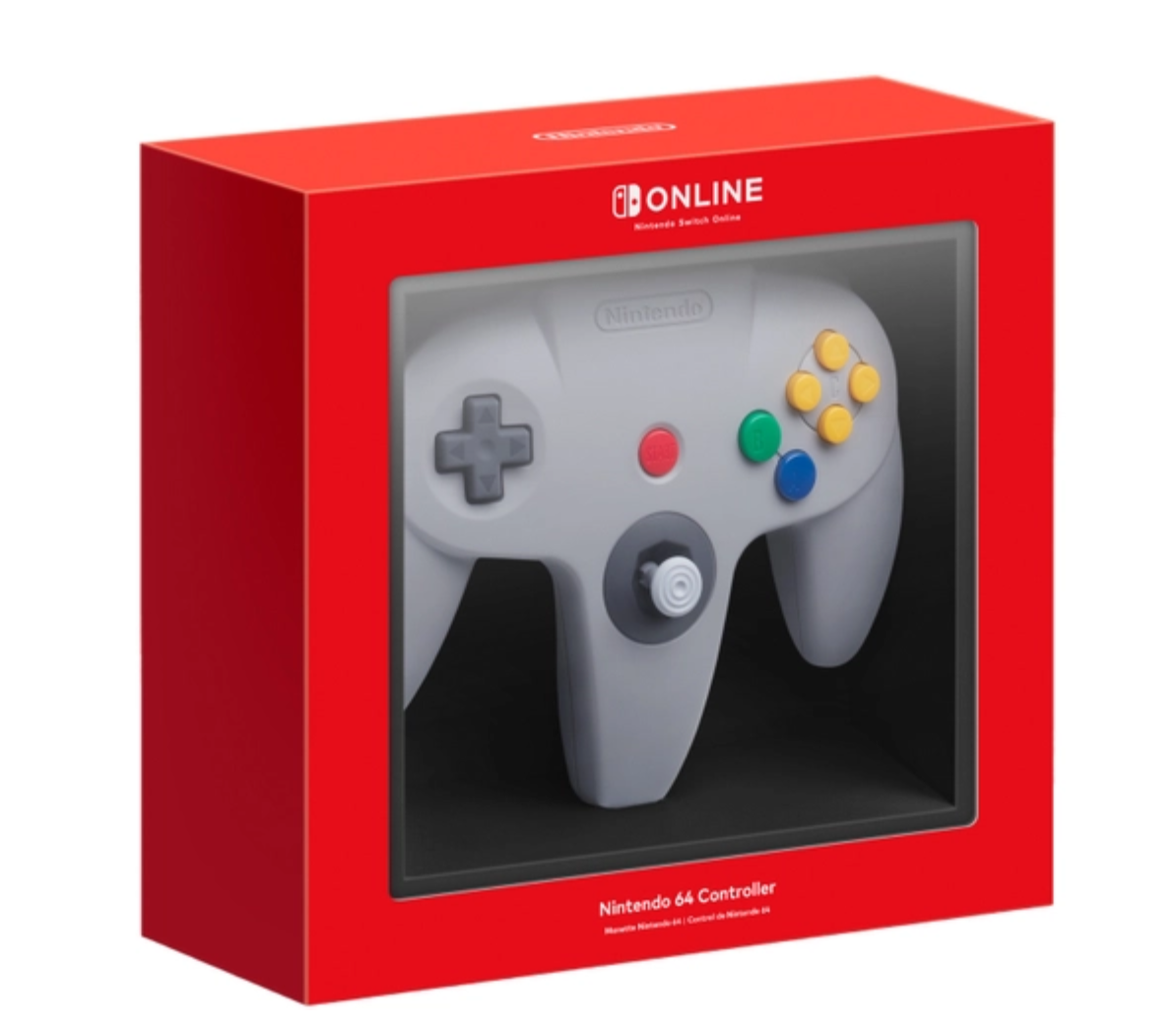
Switch N64 Controller
Make the most of your Switch Online + Expansion Pack membership with this official Nintendo 64 Switch controller!
If you need a bit more proof that Nintendo is just covering its legal bases on this, the replica controllers released during the Switch 1 era now have disclaimers on Nintendo’s store that they won’t work with the Switch 2. Color me shocked if that turns out to be true given that the Switch 1’s Pro Controller and Joy-Cons are confirmed to be compatible with the Switch 2. What’s more likely is that Nintendo is working on refreshes that add a “C” button to access GameChat.
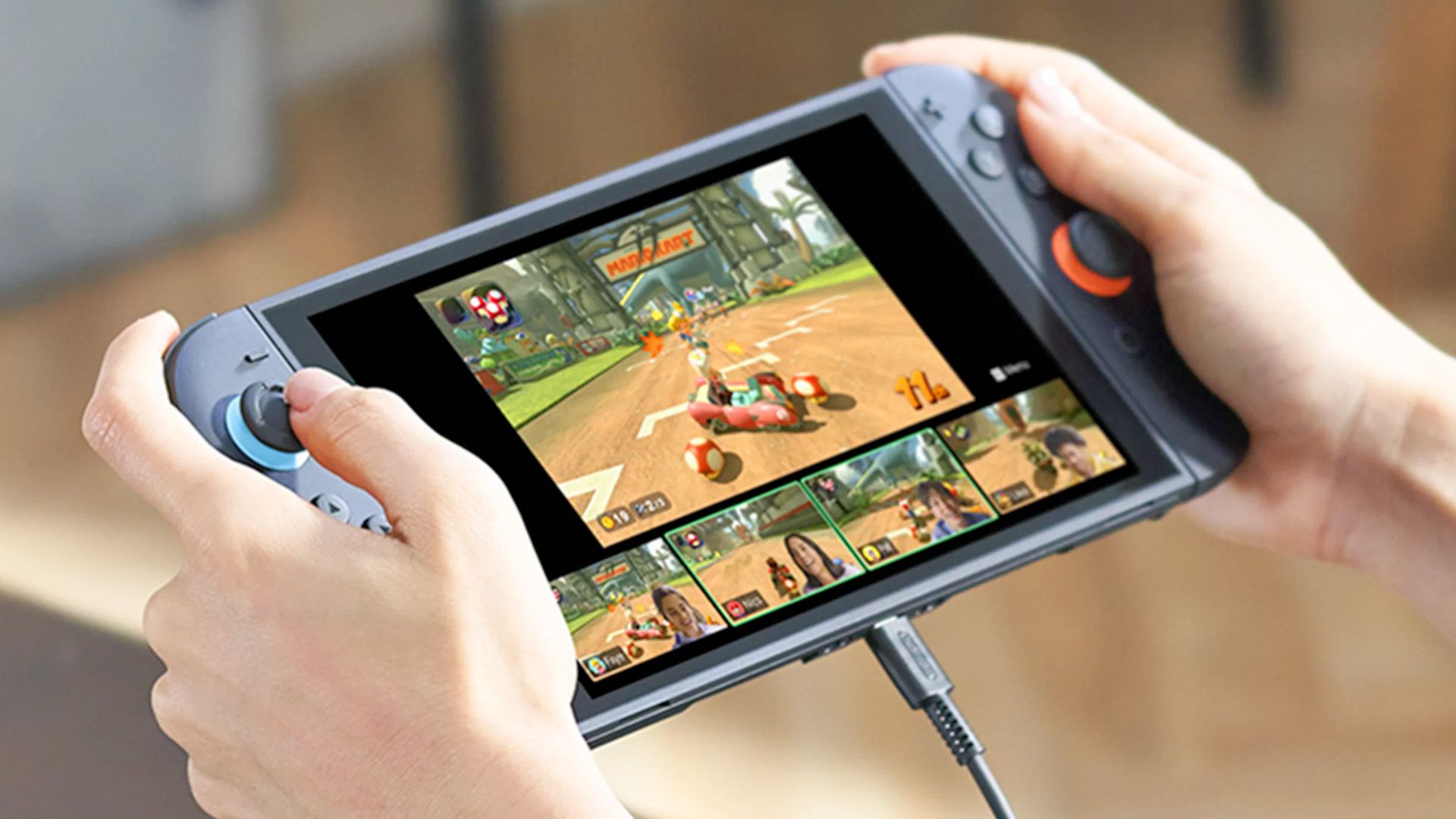
Related
All the Switch 1 Accessories You Can Use With the Switch 2
Save some money by reusing your old accessories.
Again, all of this could’ve been avoided if Nintendo had properly conveyed this critical information from the outset. I shouldn’t have had to write this!
If there’s one thing Nintendo did get across to consumers, though, it’s that the Switch 2 exclusively uses microSD Express cards. This has led fans to buy them early in anticipation of the new system. You may want to consider securing yours as well, especially if you plan to be a day-one adopter.
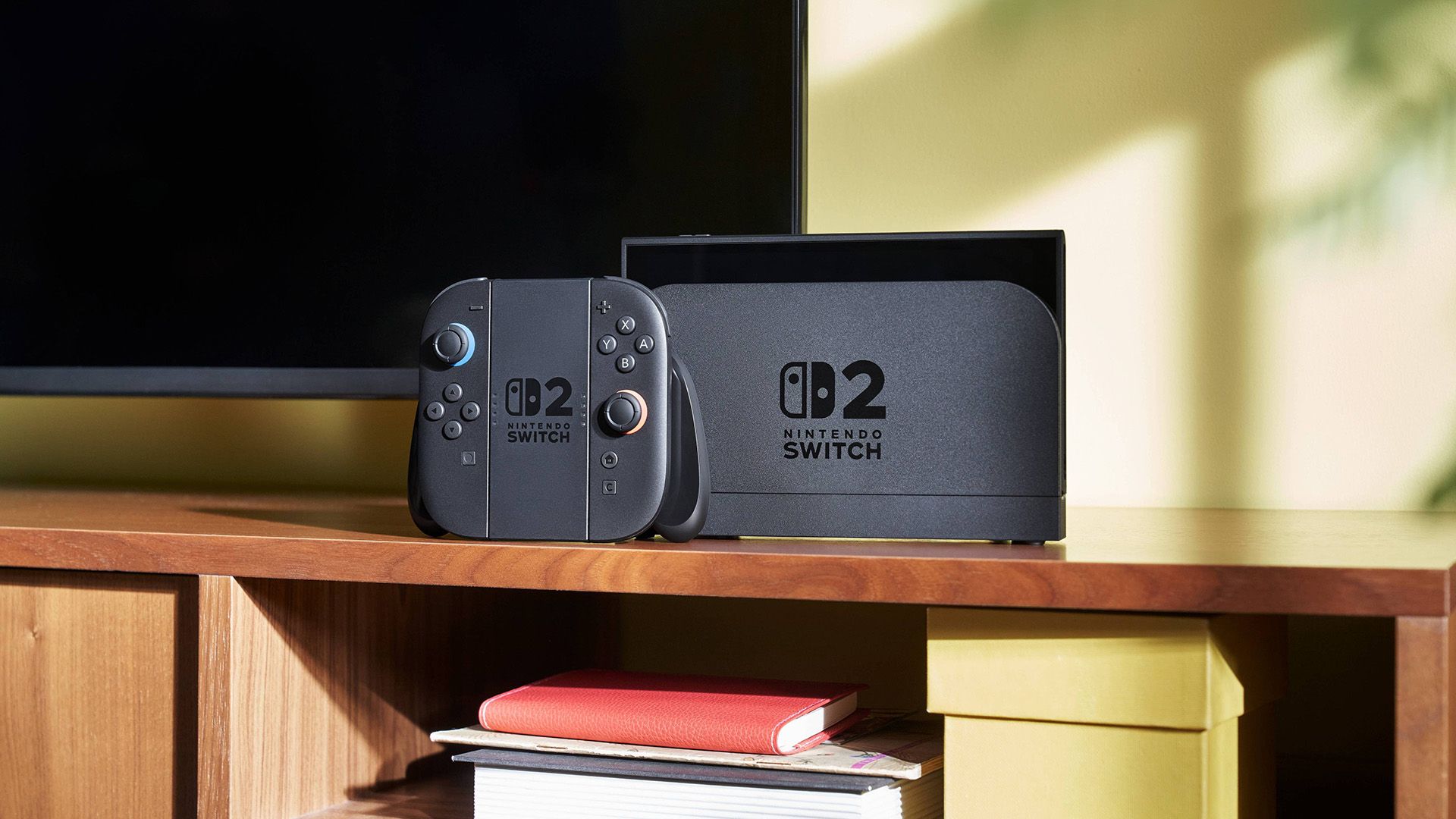
Related
8 Reasons Why You Should Buy a Switch 2 at Launch
Early adoption means saving money with the Switch 2.
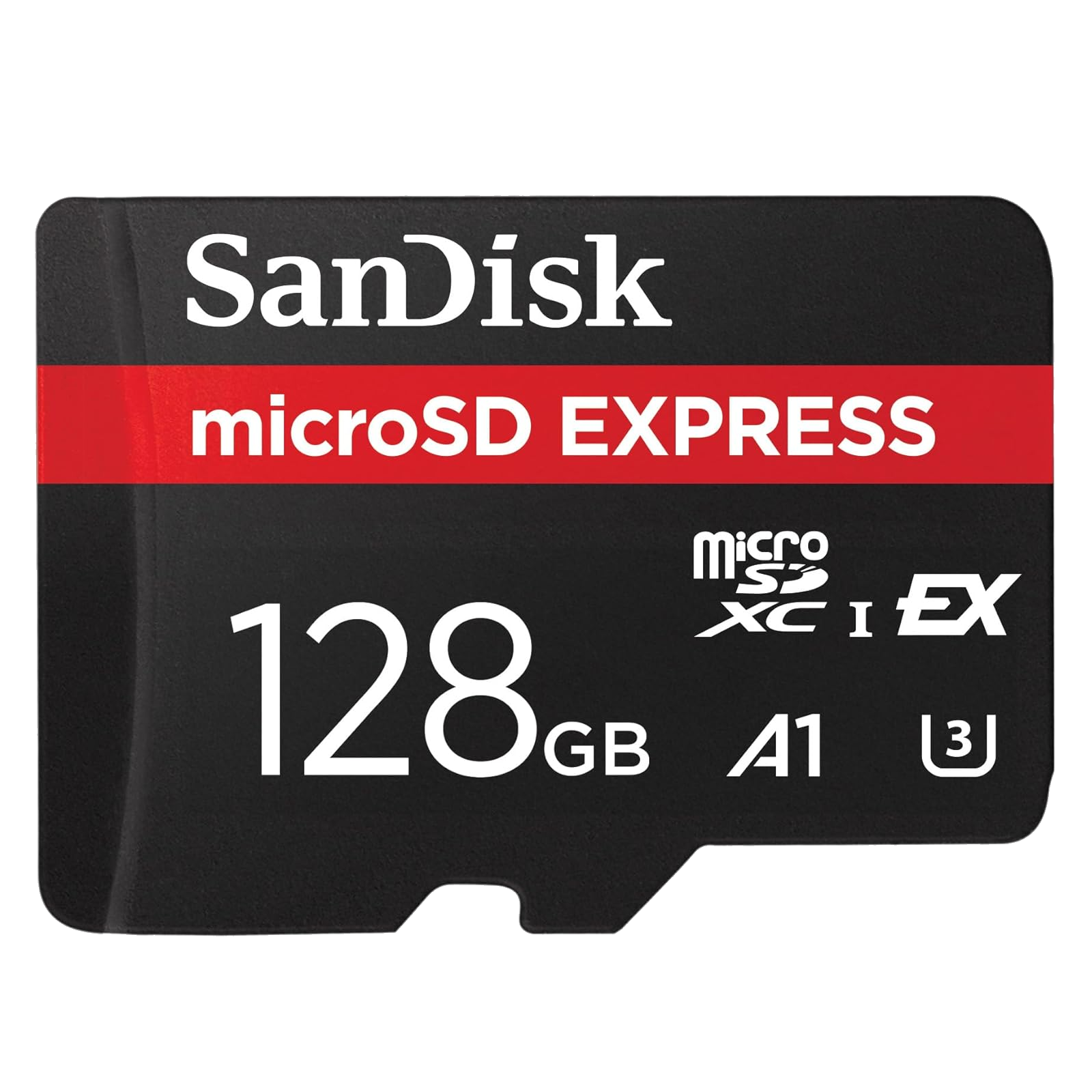
SanDisk 128GB microSD Express

